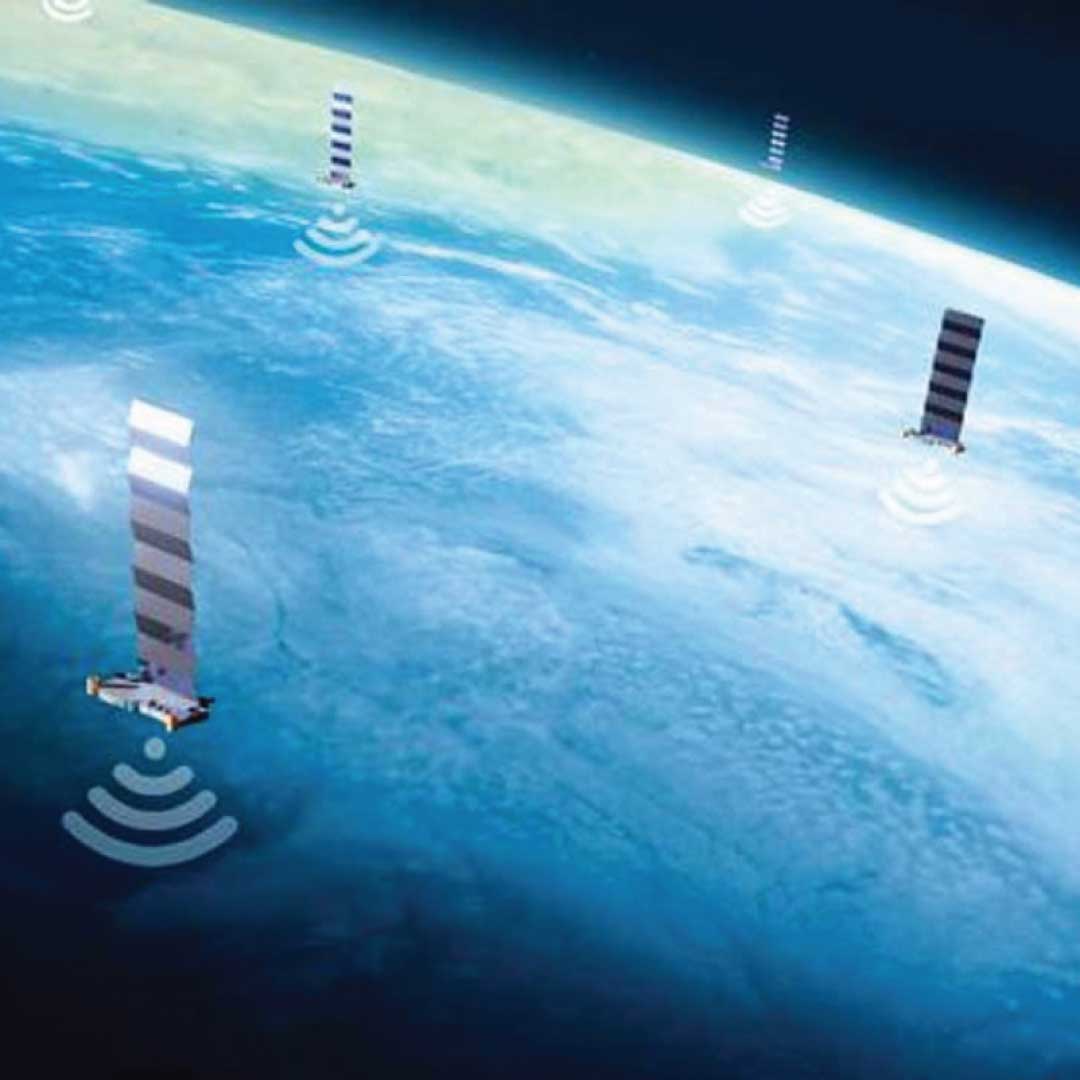Tech mogul Elon Musk on Sunday announced that 29 additional Starlink satellites have been successfully launched into earth’s orbit. The satellites, which were launched from Florida, added to SpaceX’s Starlink network.
“29 more Starlink satellites were added to the constellation,” Musk wrote on X.
According to figures from Space.com, the new addition brings the total number of Starlink satellites in orbit to 7,135. Of those, 7,105 are reported to be operational.
Starlink, a project under Musk’s aerospace company SpaceX, aims to provide high-speed internet access to underserved and remote regions across the globe.
The latest deployment came shortly after Musk announced the activation of Starlink services in Armenia, reflecting the company’s ongoing international expansion.
In January, Techpression reported that SpaceX marked its first launch of 2025, sending 24 of its Starlink satellites into orbit from the Space Coast of Florida.
About Starlink satellite
SpaceX developed the Starlink satellite internet service, which provides high-speed, low-latency internet connectivity using cutting-edge technologies.
The internet connectivity landscape is being revolutionised by Starlink satellites. Their constellation of thousands of satellites orbits the Earth at a height of about 550 kilometres, giving consumers worldwide fast and dependable internet access.
Low Earth Orbit, which allows Starlink satellites to orbit the Earth at a significantly lower height than conventional satellites, is one of its primary characteristics. This lowers latency and speeds up the internet.
In addition to having better connection speeds than competitors, it can reach remote locations without Wi-Fi or terrestrial cable infrastructure.
Starlink’s expansion in Africa
With only 40 percent of the continent’s 1.3 billion inhabitants having internet access—the lowest percentage in the world—Starlink’s growth in Africa is a part of a larger movement to increase connectivity.
But in some countries, the program has faced challenges. For instance, Starlink is not available in South Africa, the continent’s biggest and most developed economy, due to its local owner law.
According to South Africa’s Electronic Communications Act (ECA), historically under-represented communities must own at least 30 percent of any prospective licensee in the country’s postal, broadcasting, or telecommunications industries. This circumstance has complicated Starlink’s planned launch.
Starlink has established its presence in 24 African countries, with Congo being its latest addition in May, followed by Guinea-Bissau, Somalia and Lesotho in April 2025.
Ugandan President Yoweri Museveni last week announced that he held a “productive meeting” with representatives from Elon Musk’s Starlink, signalling a potential entry into Uganda’s digital space.
However, it remains unclear whether Starlink has formally applied for an operating licence in Uganda.
Starlink has established its presence in several other African countries, including Nigeria, Burundi, Botswana, Ghana, Benin, Rwanda, Malawi, Mozambique, and Zambia.
Others are Madagascar, Sierra Leone, South Sudan, Eswatini, Chad, Liberia, Zimbabwe, Kenya, Tanzania, Democratic Republic of Congo (DRC) and Niger Republic.











